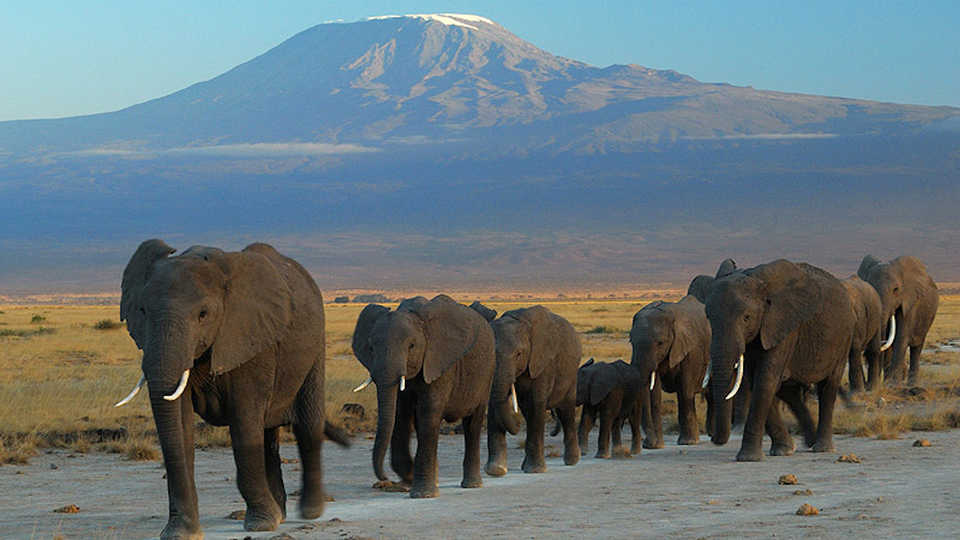Science News
Stopping Elephant Poachers with DNA

As the decline of African elephants continues, researchers are using new methods to help save them. In a study published last week in Science, scientists used genetic testing on seized ivory to understand where the poached products are coming from, geographically.
The University of Washington team analyzed ivory from 28 large seizures made between 1996 and 2014. Twenty-eight seizures may not sound like a lot, but each included more than half a ton of ivory.
“Africa is a huge continent, and poaching is occurring everywhere. When you look at it that way it seems like a daunting task to tackle this problem,” says the study’s lead author Samuel Wasser. “But when you look at large ivory seizures, which represent 70 percent of illegal ivory by weight, you get a different picture.”
Results from this “different picture” show that over the past decade, ivory has largely come from just two regions in Africa—one each for the forest elephants and the savannah elephants. Wasser and his team matched the ivory genotypes with 1,350 reference genetic samples that were collected from elephant dung at 71 different locations across 29 African countries.
More than 85 percent of the forest elephant ivory seized between 2006 and 2014 was traced to the central African Tridom protected ecosystem that spans northeastern Gabon, northwestern Republic of Congo, and southeastern Cameroon, as well as the adjacent reserve in southwestern Central African Republic. In addition, more than 85 percent of the savannah elephant ivory seized between 2006 and 2014 was traced to East Africa, mainly from the Selous Game Reserve in southeastern Tanzania and the Niassa Reserve in adjacent northern Mozambique.
What does this mean in terms of protecting remaining elephants? Focus conservation efforts, the team writes. “Increasing law enforcement in these two hotspots could help curtail future elephant losses across Africa and disrupt this organized transnational crime.”
“When you’re losing a tenth of the population a year, you have to do something more urgent—nail down where the major killing is happening and stop it at the source,” says Wasser. “Hopefully our results will force the primary source countries to accept more responsibility for their part in this illegal trade, encourage the international community to work closely with these countries to contain the poaching, and these actions will choke the criminal networks that enable this transnational organized crime to operate.”
Image: Amoghavarsha/amoghavarsha.com